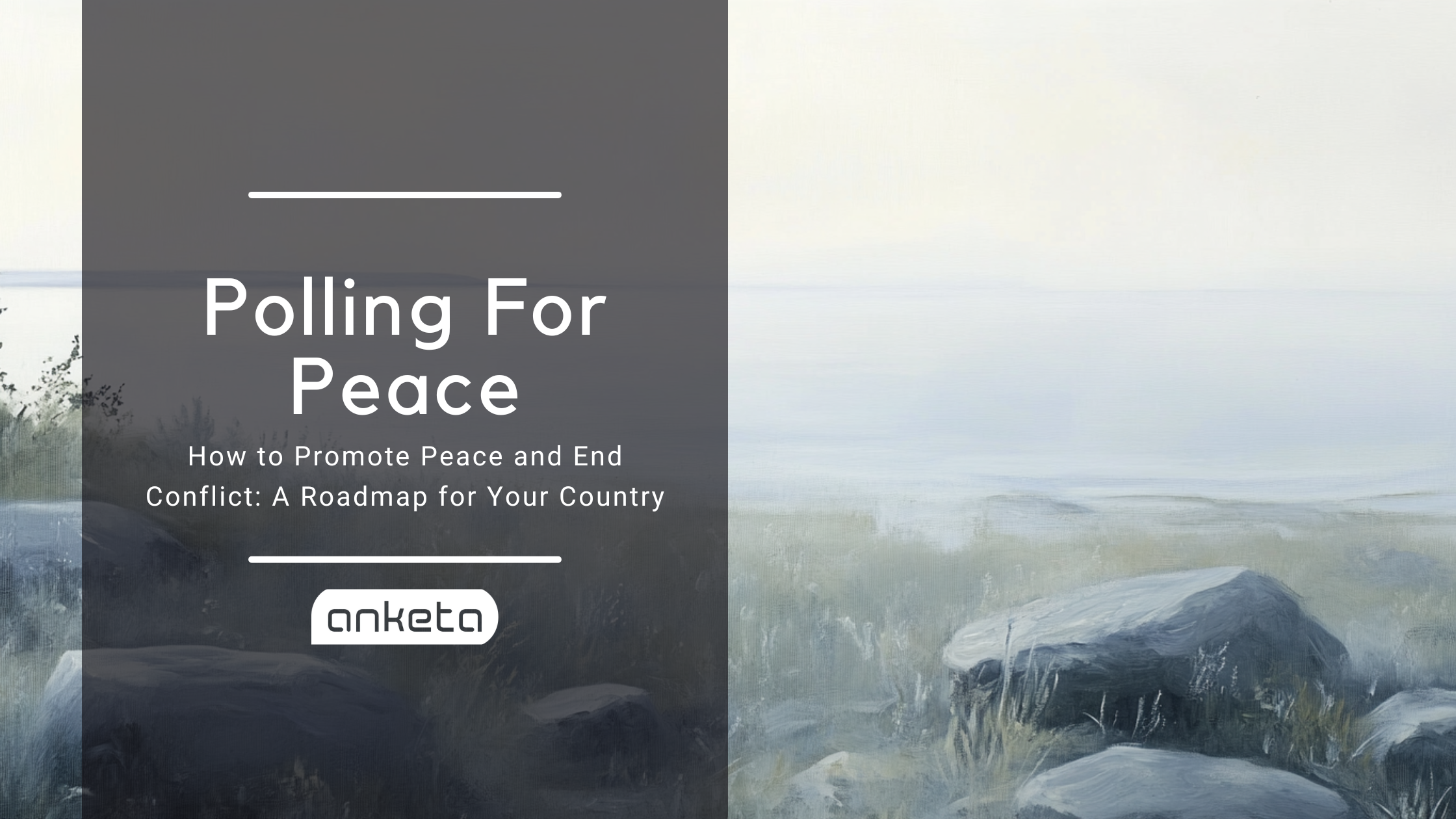Political polls are surveys designed to assess public opinion regarding political matters, including candidates, parties, and policy issues. While their primary purpose is to gather information on voter preferences, these polls also have a notable impact on shaping voter behavior and decision-making.
Walter Lippmann and George Gallup held differing perspectives on the role and influence of public opinion in democracy.
Walter Lippmann, a renowned American journalist and political commentator, expressed skepticism about the ability of the general public to form well-informed opinions and make rational decisions. In his book “Public Opinion” published in 1922, Lippmann argued that the masses lacked the necessary knowledge and expertise to comprehend complex issues fully. He believed that public opinion was easily swayed by propaganda and manipulated by those with vested interests. Lippmann proposed that a “manufacture of consent” by elites and experts was necessary to guide public opinion and make democratic governance more effective.
On the other hand, George Gallup, an American statistician and founder of the Gallup polling organization, had a more optimistic view of public opinion and its role in democracy. Gallup believed in the wisdom of crowds and the ability of well-conducted opinion polls to provide valuable insights into public sentiment. He argued that by systematically sampling the population, collecting data, and analyzing the results, a scientifically grounded understanding of public opinion could be achieved. Gallup emphasized the importance of unbiased sampling techniques and rigorous methodology to ensure accurate representation of the population’s views.
While Lippmann questioned the capabilities of the public, Gallup championed the idea that public opinion, when properly measured and analyzed, could guide policymakers and enhance democratic decision-making. Both Lippmann and Gallup recognized the potential for manipulation and the influence of external factors on public opinion, but they differed in their assessment of the inherent wisdom and trustworthiness of the public’s voice.
Their divergent viewpoints sparked debates about the nature of public opinion, the role of experts, and the extent to which the public should be involved in democratic decision-making processes. These discussions have since shaped the fields of public opinion research and political communication, contributing to ongoing conversations about the role and impact of opinion polls in democracy.
More on how public opinion can be manipulated within democratic systems in our article here.
We continue with the impact political polls might have on public opinion, excluding direct manipulation:
Bandwagon Effect: The bandwagon effect occurs when voters are influenced by the perception of a candidate’s popularity. If a candidate is consistently leading in polls, it may create a sense of momentum and inevitability, leading voters to support that candidate to align with the perceived majority. This effect can be observed all around the globe. For example, in the 2016 US presidential election, some voters may have been influenced by polls showing Hillary Clinton as the front-runner, which may have contributed to her support.
Underdog Effect: Conversely, the underdog effect suggests that voters may be inclined to support a trailing candidate if they perceive them as being unfairly disadvantaged or if they believe in the candidate’s potential for a comeback. This effect can be seen across different countries. For instance, in the 2017 French presidential election, Emmanuel Macron emerged as a relatively unknown candidate initially but gained momentum and ultimately won the election, despite initially trailing in the polls.
Strategic voting occurs when voters strategically choose a candidate who has a higher chance of winning or defeating a disliked candidate, rather than their preferred choice.
United States: In the 2020 Democratic primaries when polls showed Joe Biden leading and some voters rallied behind him strategically to prevent the perceived frontrunner, Bernie Sanders, from securing the nomination.
Polls indicating a close race between two candidates can encourage strategic voting. Voters who perceive their preferred candidate as having a lower chance of winning may strategically vote for another candidate who is seen as more viable. For instance, in the UK, where the electoral system is based on constituencies, voters may strategically vote for a major party candidate to prevent another major party candidate from winning in their constituency.
Tactical voting refers to voting for a candidate other than one’s first choice to prevent another undesirable candidate from winning. Polls can inform tactical voting decisions by highlighting the competitiveness of the race and the potential impact of individual votes. In countries with proportional representation systems, such as the Netherlands or Germany, voters may strategically vote for a smaller party to ensure their preferred party achieves a certain threshold for representation.
Poll volatility, referring to significant fluctuations in poll results, can have implications for voter confidence and candidate support. When polls show inconsistent or unpredictable results, it can undermine voter confidence in the accuracy and reliability of polling data. If voters perceive polls as unreliable, they may be less likely to trust the information provided and may become more uncertain about their voting decisions. This effect can be observed across different regions. For example, during the 2016 US presidential election, the unexpected shifts in poll numbers and the subsequent victory of Donald Trump, who was trailing in many polls, led to some skepticism about poll accuracy.
Poll volatility can also impact candidate support. Candidates who experience significant fluctuations in poll numbers may face challenges in maintaining consistent support from voters. If a candidate’s poll numbers are highly volatile, voters may perceive their candidacy as less stable or viable, leading to a decline in support. This effect can be seen in various elections globally, where candidates experience rapid changes in polling positions.
We need to acknowledge that the influence of political polls on voter behavior and decision-making is multifaceted and context-dependent. While the examples discussed shed light on the impact of polls, it is important to recognize that individual-level factors, including personal values, party affiliation, and campaign messaging, also shape voter decisions. The interplay between polls and these factors contributes to the complex landscape of voter behavior in democratic societies.
Welcome to Anketa – where the world votes!



